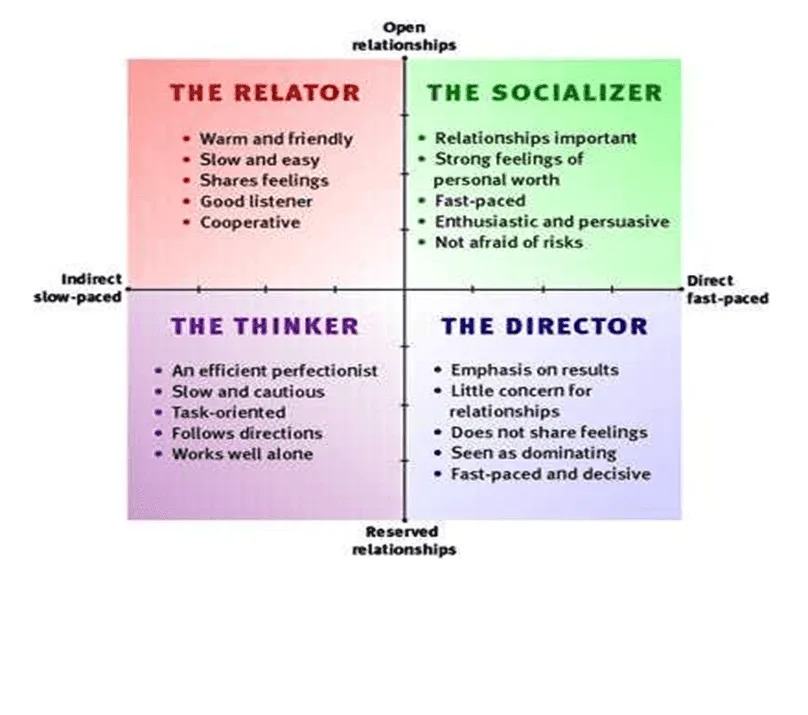
Tutor Tuesday Takeaways
Have you ever met someone who you made an instant connection with? Or the opposite, someone who immediately makes you want to run in the other direction? Our natural intuition causes us to unconsciously seek out others who have communication styles like our own. However- we not always have the liberty of “running in the other direction” when we are approached with difficult conversations. Furthermore, what are we to do when our communication style contradicts those of our coworkers, our staff, our bosses, or anyone else we interconnect with daily?
The first step to becoming a more effective communicator lies in our ability to self-reflect. We all have communication styles that we fall back on, but a person who can adapt their own style to accommodate for others’ will lead more successful conversations.
What do you consider your communication style to be?
No matter whose work you study on this topic, you’re bound to find that they all describe individuals to one of four distinct communication styles. In PDP, we identify the 4 difference styles as Teller/ Authoritative, Seller, Persuasive, Casual/Careful and Guarded/Cautious Exacting. The graph we are referencing here today refer to the categories as “Thinkers, Directors, Relators, and Socializers.” Look at the graph, and you’ll see that the two intersecting scales describe four categories of communication styles.

Where do you fit on that spectrum?
Let’s take a look at some of the specific characteristics of each behavioral style and determine the type of communication that would work best for each. The goal is to start recognizing these traits in those you deal with regularly and in new contacts you make.
Some Tips
·When communicating with Relators , remember to slow your pace to match theirs. It’s also useful to keep bringing the conversation back to how your issue will affect the personal interrelationships of those who are involved. The last thing you want to do with a Relator is to come off pushy or aggressive.
·To communicate with a Socializer , remember their need for personal prestige and for acceptance. These folks tend to make decisions in an almost spontaneous fashion, with what they and others feel is “intuition.
·Communication with the Thinker should take place at their slower pace, with a good deal of emphasis on showing proof. Approaching this person with ideas for changes in his or her department or project should be accompanied with facts and data about how the change would move the project along to the next step.
·Communicating with Directors is best done at their quick pace, with an emphasis on getting right to the point. Avoid chitchat, work at seeing things from their viewpoint, and show how your ideas will move the project toward the Director’s goals.
After all, communication is a two-way street, and if we can pave that street for an improved flow, our conversations will be more collaborative and effective. Remember that good communication is not something you do to someone, it is done with someone. It is interactive, thus it requires a commitment from both parties. The ability to recognize these differences in communication styles is key, if you can steer your communication toward a style that is appropriate for the situation at hand, you may find yourself more satisfied with the outcome.
Stay tuned for our next Wednesdays Recap- learn more about leveraging behavior on our blog and connect with us on LinkedIn. If you know of an organization or company that may be challenged with communication and could benefit from The Know Your Talents™ Team Impact! Workshop or PDP Professional Certification , please call us at 480-348-8900!


